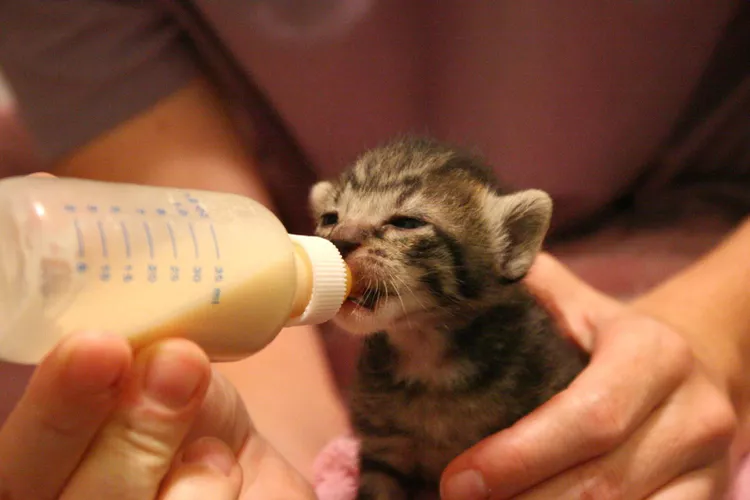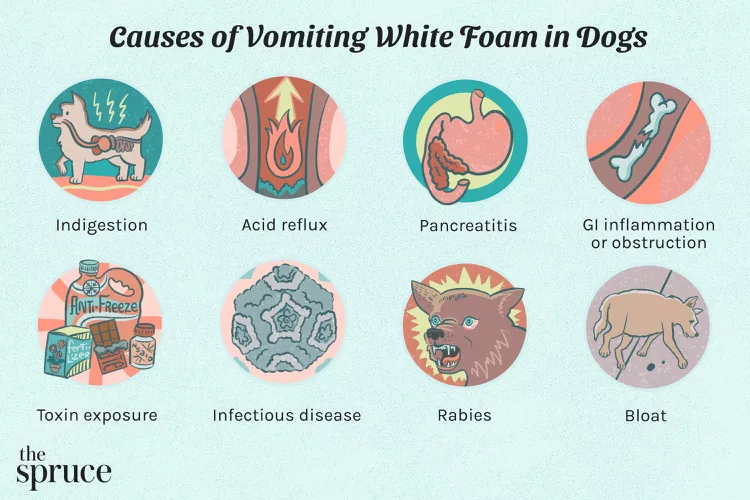When vacationing in nature, it’s only right to think about bringing your pet along with you to enjoy the great outdoors. Before planning your visit to a national park, make sure you thoroughly research the pet policy of the park or parks you plan to visit so that you are not caught off guard.
What Are Pet-Friendly National Parks?
There are 63 national parks in the United States. Truly pet-friendly parks are the ones that allow pets in most areas of the park where people are allowed, such as trails and overlooks; however that is not always the case. While most national parks tolerate pets in some capacity, some strictly restrict pets to certain areas such as parking lots, campgrounds, or roads. This is often for the safety of both the pets and the other wildlife in the park.
Rules and Regulations of Pet-Friendly National Parks
At pet-friendly national parks, the National Park Service (NPS) has a set of guiding principles called B.A.R.K.:
- Bag your pet’s waste
- Always leash your pet
- Respect wildlife
- Know where you can go
Some even offer park ranger-led programs through which your dog can become a “B.A.R.K. ranger.”
In addition to the basic principles, NPS has a set of more thorough regulations that apply to all parks. Among these rules, pets are banned indoors (excluding service animals), prohibited from making unreasonable noise for the location (e.g. excessive howling or barking that impacts other visitors or wildlife), and owners cannot leave pets tied up unattended.
On top of the nationwide regulations, many individual parks have specific rules and regulations, especially related to where pets are allowed. The most strict parks may restrict pets to developed areas like parking lots only (including pets who are held or in carriers), but even the most pet-friendly parks likely have some restrictions as well, such as prohibiting pets on especially challenging trails, like the Old Rag hike in Shenandoah National Park.
NPS has an interactive map users can click to read about the pet policies of the different national parks as well as hundreds more national monuments, battlefields, nature preserves, and other historic areas.
Types of Pet-Friendly National Parks
Based on these rules, the following are some of the most welcoming national parks for pets:
- Cuyahoga Valley National Park: Dogs, cats, and other domesticated pets are allowed on more than 100 miles of hiking trails in this Ohio park. Just steer clear of the mountain biking trails.
- Acadia National Park: This seaside Maine attraction allows pets on 100 miles of hiking trails and 45 miles of carriage roads. Pets are also permitted at most campgrounds. Here, both pets and humans are prohibited from swimming in the lakes, which are public water supplies.
- Grand Canyon National Park: While pets are not allowed below the rim on inner canyon trails, they are allowed on trails above the rim as well as certain campgrounds. There is a Grand Canyon Kennel on site where visitors can board their dogs and cats while they take on some of the more adventurous hikes.
- Petrified Forest National Park: This Arizona park allows pets on all trails and backcountry areas.
Tips for Visiting Pet-Friendly National Parks
Traveling with your pet can be enriching for both pet and owner and an opportunity to bond, but preparation is key to a successful visit to a national park.
Decide If It’s Worth It
A lot of parks have heavy restrictions related to pets, so it’s important to think through if it’s worth bringing your pet with you. If you choose to bring them, you may be limited in what activities you can participate in and places you can stay.
Know the Rules
Knowing the specific rules of the park you plan to visit is crucial for enjoying yourself and respecting the national parks. Disobeying the rules could end up being harmful to wildlife, other visitors, or even your pet.
Be Prepared
In addition to traveling with basic items like food, water, treats, and toys, it’s important to be prepared for different scenarios on your trip. You should travel with a pet first aid kit and make sure you have your pet on the proper flea, tick, and heartworm medications to prepare for extended time outdoors. Also, think through what you will do if you want to do one of the hikes or activities where pets are not allowed. Do you have a backup plan for your pet?
Be Responsible
You will be held responsible for your pet’s behavior, so make sure to keep them in check. Practicing basic commands and manners in public before your trip can make a world of difference once your pet is in an usual place.



















